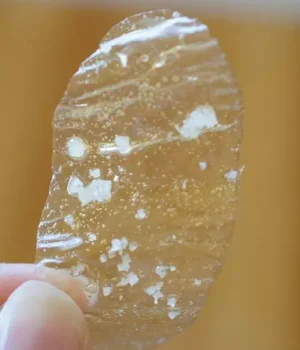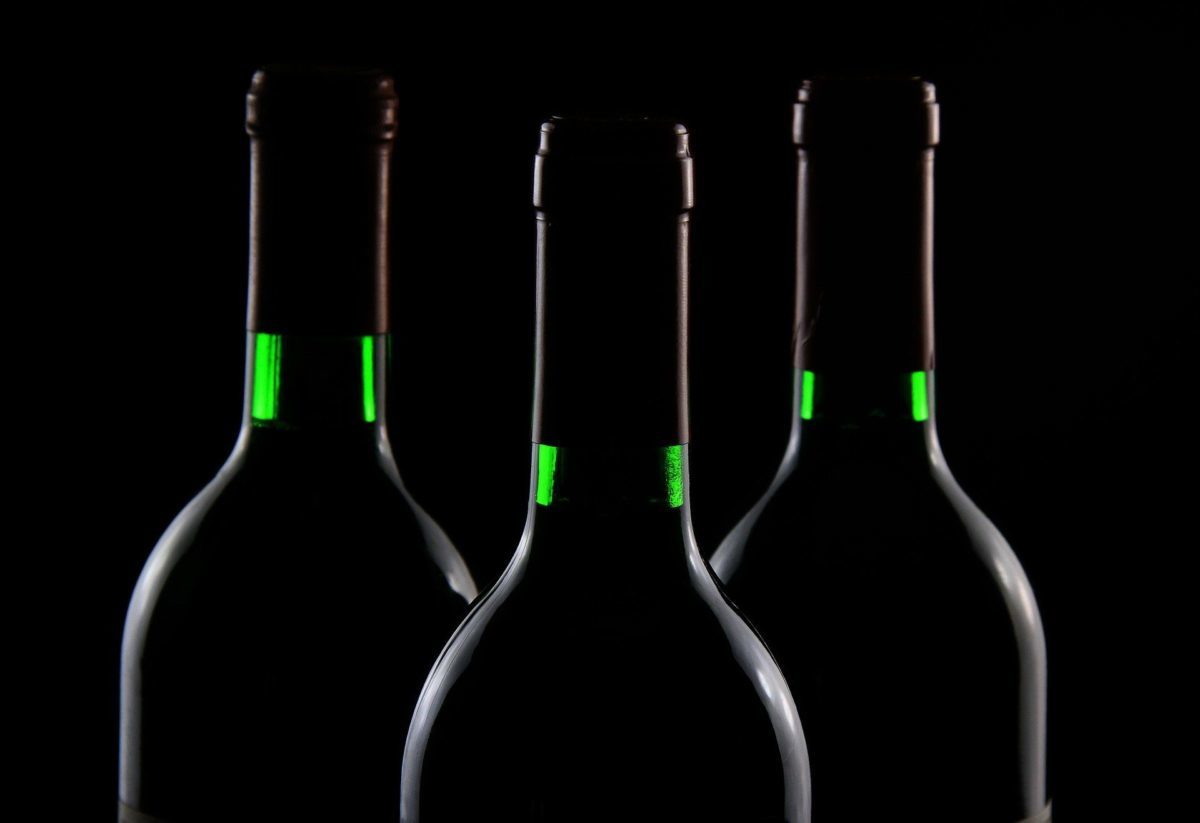tik tok It has become one of the social networks par excellence at a global level. Through it, numerous users bring all kinds of videos closer to others, from humor to sports, including molecular gastronomy. The latest fashion, the recipe for transparent potatoes. We tell you all about it.
Tik-tok: the social network of challenges
En Tik Tok we can find everything. As we have already said, in it thousands of users share their experiences with the rest of the people. What began as a container for joking audiovisual projects has today also become a good loudspeaker for gastronomy. More and more chefs, professionals and amateurs, let us see his creations.
These recipes are becoming very famous, especially those related to molecular gastronomy. This type of cuisine combines the main ingredient with science, exploring how it can change during cooking thanks to the help of a chemical element. In recent weeks it has viralized a curious recipe: transparent potatoes.
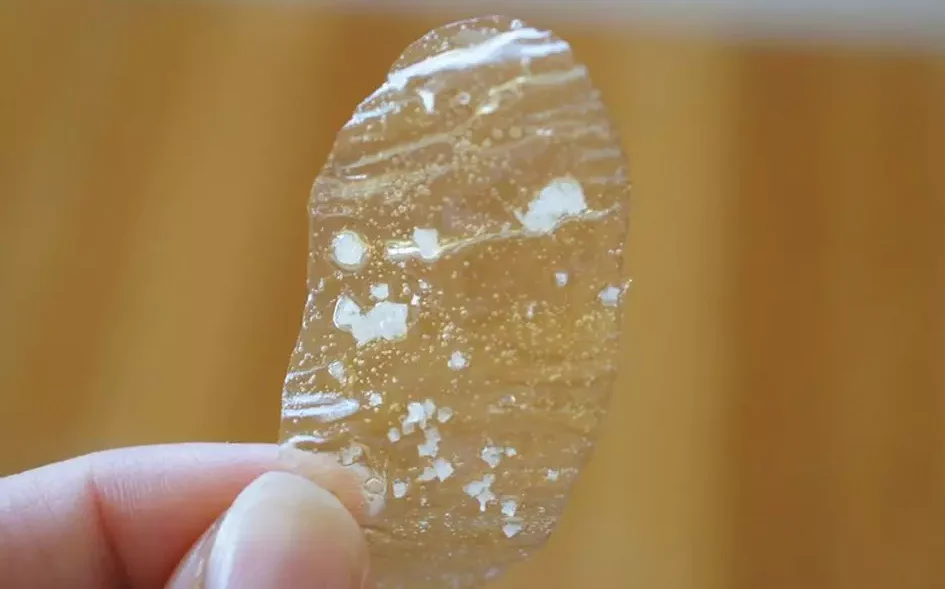
The transparent potatoes
Clear potato chips are not a recipe from the future, they are from now and can be made at any time. With them you can impress your family and guests, or simply enjoy them yourself. As we have already pointed out, the molecular gastronomy It unites science and cooking, so it will take a little patience and skill to pull them off.
the recipe itself it is simplebut you have to go little by little. First, a broth is made with potatoes, water, salt and oil. When the tuber is cooked, it is removed to make other recipes and the broth is added potato starch. Beat until a jelly is made and put into a squeeze bottle. The last step is to bake the gelatin in the form of chips for around four hours.
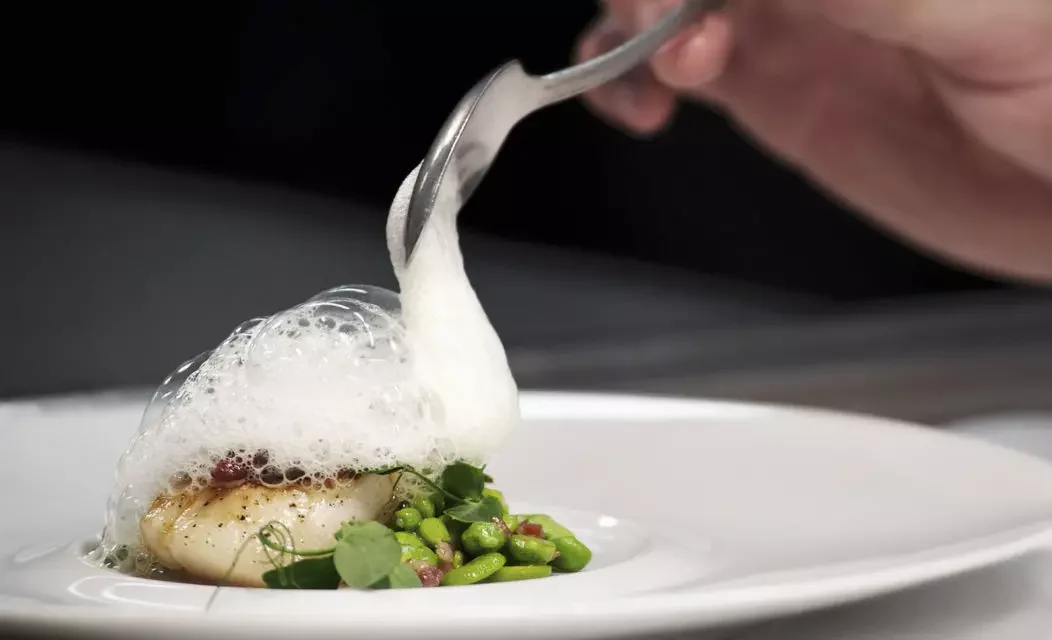
The rise of molecular gastronomy
More than as food, the molecular gastronomy It is a sensory journey through a perfect combination of science and cooking. Kitchens, both private and catering, become laboratories where chefs and kitchen assistants devote themselves to product experimentation and the most avant-garde techniques. Techniques that are difficult to use in more traditional cuisine.
The basis of this type of gastronomy is understand and analyze all the physical and chemical mechanisms of food, taking into account the procedure to which they are subjected during cooking. However, despite the fact that this type of cuisine is pure innovation, many times the recipes are based on our traditional cookbook. In other words, scientific techniques are applied to traditional ingredients.
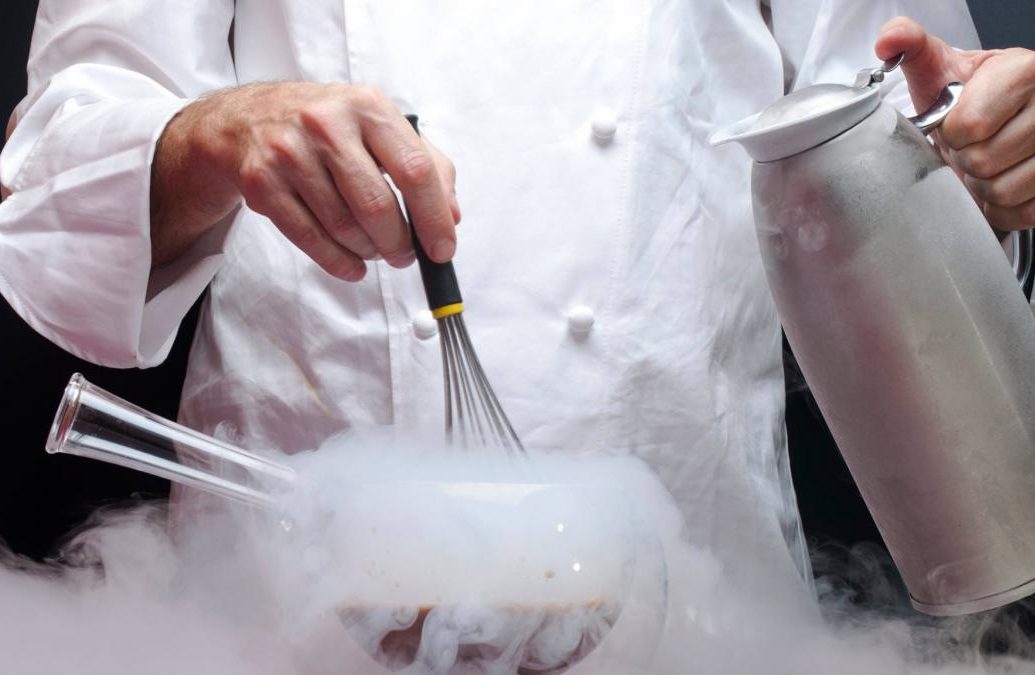
Techniques and exponents of this type of cuisine
In recent years, more and more chefs are using the molecular gastronomy in their restaurants. Due to these achievements, some have achieved great fame and recognition worldwide. In Spain there are two chefs who have achieved the most fame thanks to their work: Ferrán Adrià and Andoni Luis Aduriz, who from Mugaritz has managed to place himself in the Top 10 of the best restaurants in the world.
Among the best known techniques is the of construction. This is possibly the most used avant-garde technique. With it, the different ingredients are treated separately and combined at the last moment. A few years ago, Ferrán Adrià popularized this technique with your potato omelette recipe deconstructed. This recipe was a before and after, with admirers and detractors in equal parts.
As we have seen, science is something that goes perfectly with gastronomy. And it is not a thing of the future, it is in constant evolution. Through this solid union between gastronomy and science we can learn new things and enjoy the noble art of eating from another perspective. Now that you know more about this topic, are you willing to prepare some avant-garde recipe?


